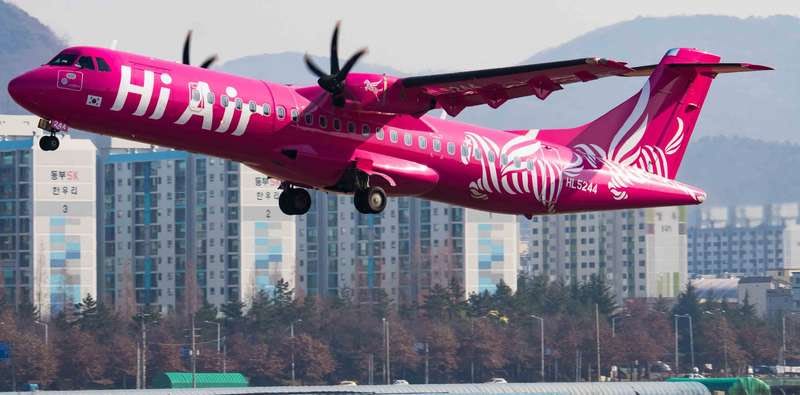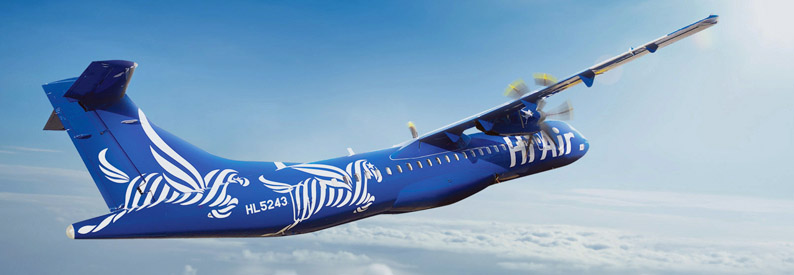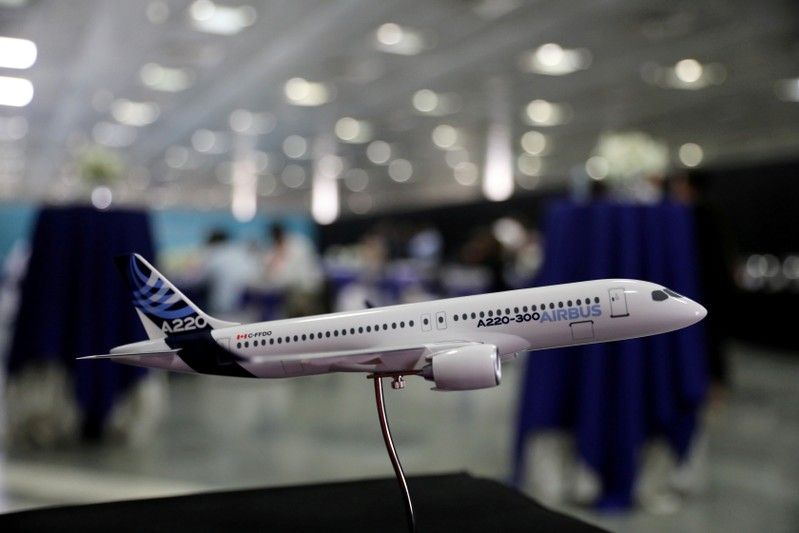Air Saint-Pierre has taken delivery of its new ATR 42-600 aircraft, following the signature of a Memorandum of Understanding in July 2018. Based on one of the three main islands of Saint Pierre and Miquelon (around 6,300 inhabitants), Air Saint-Pierre is essential to the archipelago’s economy, as it flies both passengers and goods to Miquelon, St. John’s, the Magdalen Islands, Halifax and Montreal. The new aircraft will replace the airline’s existing ATR 42-500 which has been in operation since 2009.
In addition to benefitting from unbeatable environmental performance and economics, the ATR 600’s proven ability to operate effectively in windy conditions is vital for Air Saint-Pierre. The -600 series can take-off and land in cross wind conditions of 45 knots, a unique capability which enables the airline to offer reliable air services to its communities. Air Saint-Pierre’s passengers will also enjoy the modernity and comfort of the Armonia cabin, whilst the airline’s pilots will appreciate the state-of the-art avionics suite, resulting in a smoother flying experience for all.
Benoît Olano, Chief Executive Officer of Air Saint-Pierre, said: “We are looking forward to starting operations with our new ATR aircraft. We have been flying ATR since 1994, starting with an ATR 42 320, and the turboprop’s unique capabilities and continuous improvement have made it the ideal aircraft for our operations over the years. We will continue to provide to the people of Saint-Pierre and Miquelon the connectivity they need, along with greater comfort, whilst limiting our impact on the environment.”
ATR Chief Executive Officer, Stefano Bortoli added: “There is nothing more satisfying than seeing a loyal customer upgrade its fleet. Delivering regional connectivity in the challenging operational conditions of Saint Pierre and Miquelon and its neighbouring islands takes a special aircraft and the ATR 42-600 is the perfect fit. The airline’s operations are vital for the archipelago’s communities and we are truly glad to see our aircraft once again accomplish what they have been designed for: to connect people and places responsibly, no matter how remote.”





